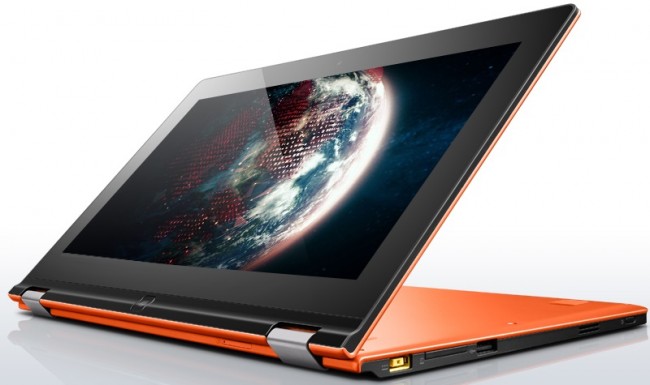Windows RT devices haven’t exactly been flying off the shelves, and with delays besetting the whole market as manufacturers struggle to work out the demand, the Lenovo IdeaPad Yoga 11 is here to give RT a much-needed boost.
The Yoga 11 is the little brother of last year’s Lenovo IdeaPad Yoga 13, one of the flagship laptop-tablet hybrids for the launch of Windows 8.
No ad to show here.
At 11 inches, it’s smaller and runs the ARM-powered RT version of Windows, which means it has more in common with an Android tablet than a traditional laptop.
While the market has been disappointingly quiet, the Lenovo IdeaPad Yoga 11 offers something a little different for Windows hybrid hunters. Its screen is the same size as the Sony Vaio Duo 11, and an inch smaller than theDell XPS 12, but those machines run full-fat x86 Intel chips and cost over £1,000/US$1,100.
Then there’s the ARM-based Asus Vivo Tab and Samsung Ativ Tab, which run low-power mobile chips but take a tablet form, with a detachable transformer-style keyboard.
In fact, the closest competitor to the Lenovo Yoga 11 is either Microsoft Surface with Touch Type or the Asus VivoBook S200, the £450 (around AU$687/US$725) Intel Core i3 based touchscreen laptop, which we loved. However, while they are both touchscreen, the VivoBook can’t match the Lenovo’s special bendy abilities.
The Yoga gets its name because of its unusual design that enables the screen to rotate fully backwards until it becomes an 11-inch tablet. This dual hybrid use is part of the new drive from PC manufacturers to enable users to carry a single device rather than a laptop and a tablet.
However, while carrying the Yoga instead of two devices might save your back, don’t count on it saving your wallet.
The Yoga 11 is overshadowed by a colossal price tag that will make most would-be iPad hunters baulk. £699/US$849 (around AU$1,069) for a Windows RT device is huge, and with the chips, cost of the operating system, RAM, cooling and other costs reduced, we’re not quite sure how it justifies this asking price.
There are other disadvantages as well. Running Windows RT means it can’t run any app that’s not from the fledgling Windows Store, and the tablet form factor is nowhere near as svelte as the iPad – measuring 298 x 204 x 15.6 mm (11.7 x 8.0 x 0.61 inches).
So can it overcome these problems to become the perfect hybrid device, or will it simply disappoint on both fronts?
Article from Techradar.com and is published with permissions. Continue the full review.
